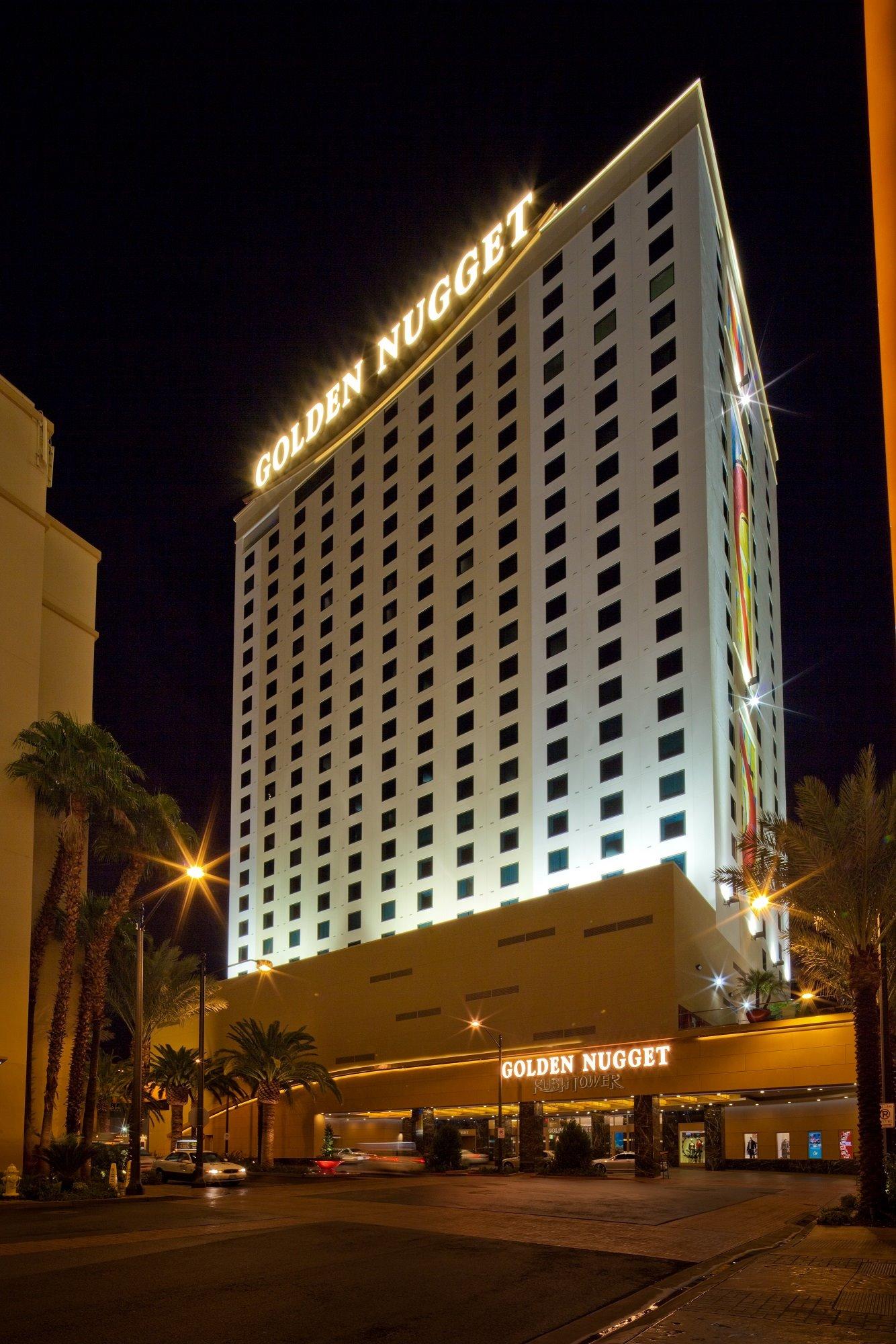

He got the city to let him expand across Carson Street-he put a restaurant called Carson Street Café, for obvious reasons. A young entrepreneur, Steve Wynn, bought up a majority interest in the Golden Nugget and began retooling it.

That was largely the work of McAfee’s successor, Buck Blaine, who had worked at the Golden Nugget from day one after originally coming to southern Nevada to work on Hoover Dam construction. It also was known for expanding to include other casinos west of it along Fremont Street. It became known for no-limit gambling and its enormous neon sign, complete with a shining nugget. He insisted on Victorian era fixtures and wood, along with Italian marble. When it opened on August 30, it was modeled on San Francisco’s Barbary Coast during the Gold Rush, and a bar called the Golden Nugget. He had several investors with him, but it was mostly his baby. In 1945, McAfee announced plans for a new casino on the southwest corner of Second and Fremont. He moved downtown and bought a couple of casinos. He sold it to the builders of the Hotel Last Frontier. He started out by buying a club on the highway and calling it the 91 Club. McAfee headed up Highway 91 to Las Vegas. Fletcher Bowron had committed to getting rid of McAfee and his friends. McAfee had done well in Los Angeles, but a new mayor took office in 1938. You heard that right-he went from the right side of the law to the wrong side. That would come in 1946, thanks to a former Los Angeles vice cop turned syndicate operative, Guy McAfee. That signified that it was part of the railroad townsite auctioned off that year. The old sign above the property had 1905 on it.

A Las Vegas hotel-casino recently celebrated its diamond jubilee.


 0 kommentar(er)
0 kommentar(er)
